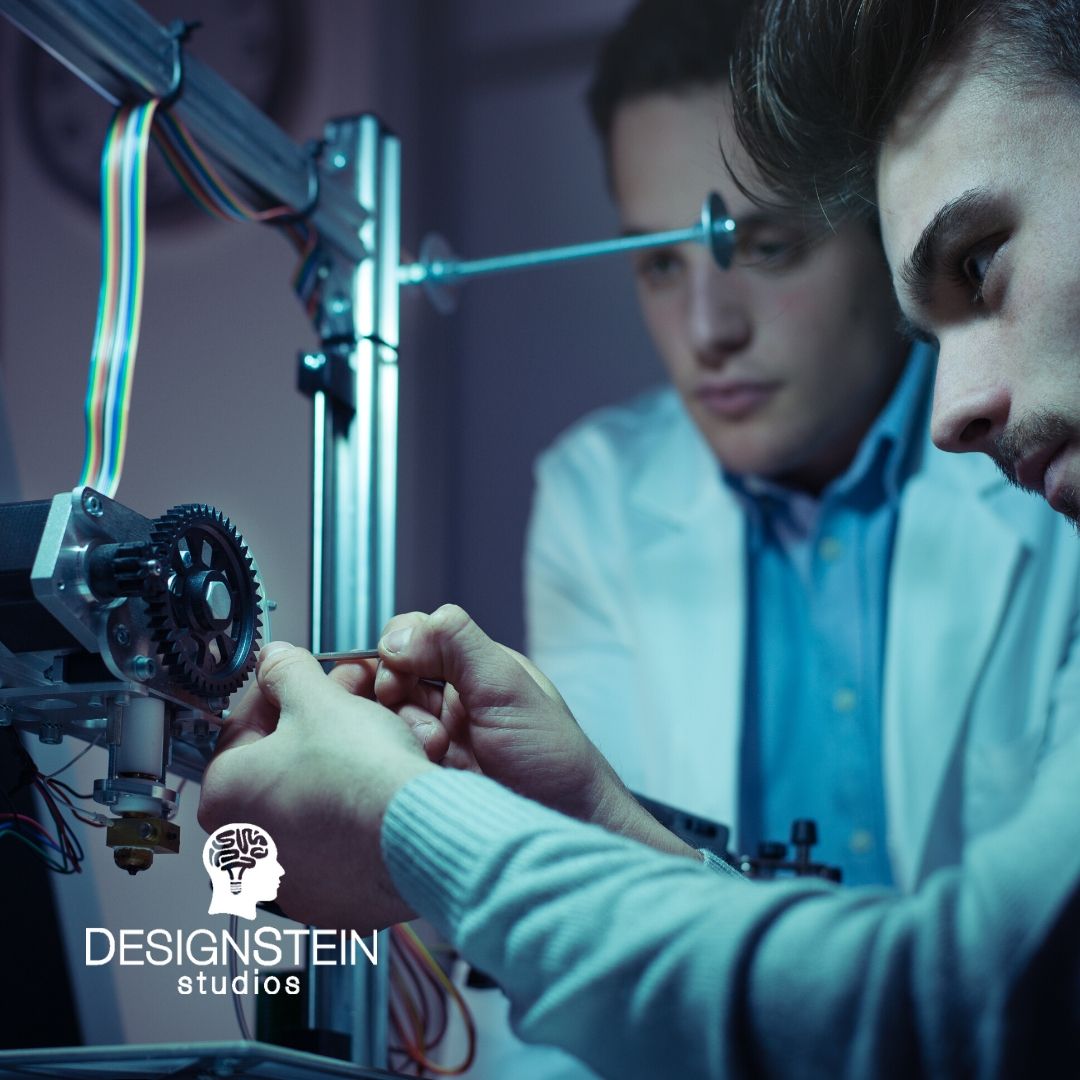The resources that allow for efficient and successful product development in an industrial design company are of the utmost importance. Many of these companies are beginning to see how technological advances are influencing this process.
Technology, like any other tool, can help streamline a job and deliver accuracy where more old-fashioned methods cannot. However, the innovation that industrial design services are facing with increased tech-involvement is also a bit of a shock to the industry.
Companies that have experienced a financial plateau in recent years are considering a full integration of technological resources and services in order to enhance their revenue stream. In this way, technology has stimulated a competitive atmosphere between companies. Everyone wants to be the most advanced, the most innovative industrial design company they can be.
Some challenges that industrial companies will face in this new era of technology is integrating a solid IoT platform into their network in order to consolidate developing tools and softwares.
For an industrial design company, data is a valuable, invisible commodity. Data makes up nearly all digital transactions from interpersonal communications to design modeling to editing softwares to feedback streams and everything in between. Companies will need to integrate technology that helps manage and sort through this data so that things don’t fall through the cracks. This will also ensure that they are best utilizing the resources that are available to them.
Think, for example, of a company that requires ten different systems to function in a normal workday. They may utilize email communications, project planning softwares, timesheets, supplier chain reports, billing documents and more. Without a single organizational system to combine these separate resources, the company will have to juggle between individual data-heavy models. This can slow down the process of product development and increase the risk of error. So, instead, it is imperative to incorporate a system that synthesizes all of these projects into one manageable collective. Not only does this help eliminate unnecessary borders between related work, but it also allows for the use of algorithms and tracking softwares to analyze the effectiveness of the system. Technology has evolved to self-evaluate and self-correct so that professionals can have an easier time with complex digital networks and focus more on their area of expertise.
Profit margins are expected to increase in the next few years as industrial design companies adopt more tech-based product development and begin accelerating manufacturing practices. The value of technology can be traced back to individual services and processes that are enhanced by this efficiency. Certain technologies, at their starting price, may look expensive. However, the amount of time and effort that this tool can save developers in the future is immeasurable. Digital resources are, in a sense, unlimited. A company may have to continue buying pencils, rulers, etc. for a designer to continue his craft on paper. However, on a computer, a design software is purchased once and then provides continual support for creative work, no matter the time or place.
Technology mitigates human error through automation. Scheduling and defaulting allow for routines to be followed to a T, without the risk of forgetfulness and absentmindedness. This is beneficial in two ways: product development can proceed with a smaller margin of error and certain operations become safer. All in all, technology contributes to lower company costs and increases the value of fully realized ideas and products.
Some industrial design companies hesitate to adopt all new technological developments because they think it will actually slow down their process. Once a company has established a mode of working, it can be hard to meddle with this process without decreasing productivity in some manner or causing overall confusion in the workforce. This initial upset may be frightening for companies that don’t want to ruin the good thing they have going. However, it is a temporary and necessary step for companies that want to move forward with innovation and evolve their business. The integration of current technology and innovative practices will eventually strengthen a company’s base and lead the way for a more successful future.

